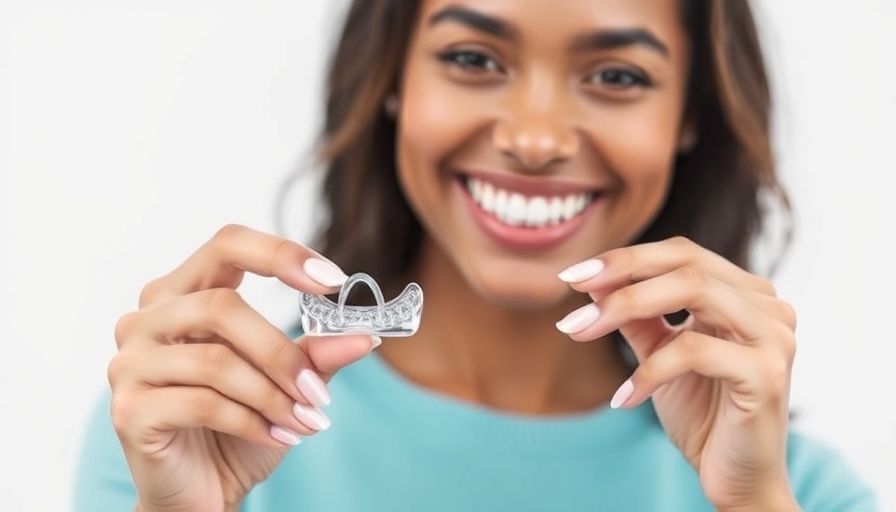
Understanding Teeth Grinding
For many, the concept of teeth grinding, or bruxism, may seem benign at first. However, as many have discovered, it can lead to significant dental issues, including enamel loss, jaw pain, and potential TMJ disorders. As a prevalent problem among children and adults, it's essential to understand not just the condition itself but what options are available when seeking orthodontic treatment. One such option is Invisalign®—a modern solution that raises essential questions for those affected by bruxism.
What is Bruxism?
Teeth grinding manifests as either awake or sleeping habits, often unbeknownst to those who suffer:
- Awake Bruxism: This is when an individual clenches or grinds their teeth during the day, usually due to stress or anxiety. Symptoms may include jaw soreness or headaches.
- Sleep Bruxism: This occurs at night and can often go unnoticed until revealed through dental wear or partner observation. Chronic sleep disruption or sleep disorders can indeed make this condition worse.
Causes of Bruxism: A Multifaceted Issue
Understanding the various factors that lead to bruxism can aid in management strategies. From stress and anxiety to sleep disorders or even hereditary tendencies, the causes are varied:
- Stress and Anxiety: High levels of emotional stress invariably lead to muscle tension, particularly in the jaw area.
- Sleep Disruptions: Sleep apnea and other disorders can exacerbate grinding events during sleep cycles.
- Misalignment: A misaligned bite or crooked teeth can encourage grinding habits due to discomfort.
- Lifestyle Choices: Consumption of caffeine and alcohol might aggravate bruxism due to their stimulating properties.
Invisalign®: A Viable Option for Teeth Grinders?
So, what makes Invisalign® appealing for those who struggle with bruxism? The aligners offer a unique combination of comfort and discretion compared to traditional braces, making them a popular choice. However, their effectiveness for individuals with bruxism takes some thoughtful consideration.
It's worth noting that while they can serve as a makeshift guard against grinding, they do not provide as much protection as a standard night guard. Many find that their orthodontist may suggest alternating treatments or developing tandem plans utilizing both systems.
Using Night Guards with Invisalign®
A prevalent question among users is whether a night guard can be worn with Invisalign® treatments:
- Aligners as Temporary Protection: Since the aligners cover the teeth and offer a protective layer, some individuals find them useful for light bruxism, even if they are not as thick as traditional night guards.
- Custom Solutions: Work closely with your orthodontist to determine the best approach—whether that be alternating between night guards or adjusting treatment plans to account for your grinding habits.
The Importance of Early Intervention
Being proactive about teeth grinding and understanding your options can make a significant difference in your oral health. Through early identification and targeted treatment plans, one can manage symptoms and conditions effectively. Even for those considering Invisalign®, consulting with a dental professional familiar with both bruxism and orthodontic treatments is crucial for long-term success.
Conclusion: Taking Charge of Your Dental Health
Invisalign® can be a practical option for those experiencing teeth grinding, especially when partnered with sound professional guidance. Do not wait for symptoms to worsen; instead, take the initiative to address dental issues head-on. By bringing awareness to bruxism and understanding the variety of protective options available—including Invisalign®—you can contribute to your overall dental wellness.
Call to Action: If you’re struggling with teeth grinding or considering Invisalign®, reach out to a trusted orthodontist today to explore your treatment options!
 Add Row
Add Row  Add
Add 




 Add Row
Add Row  Add
Add 

Write A Comment